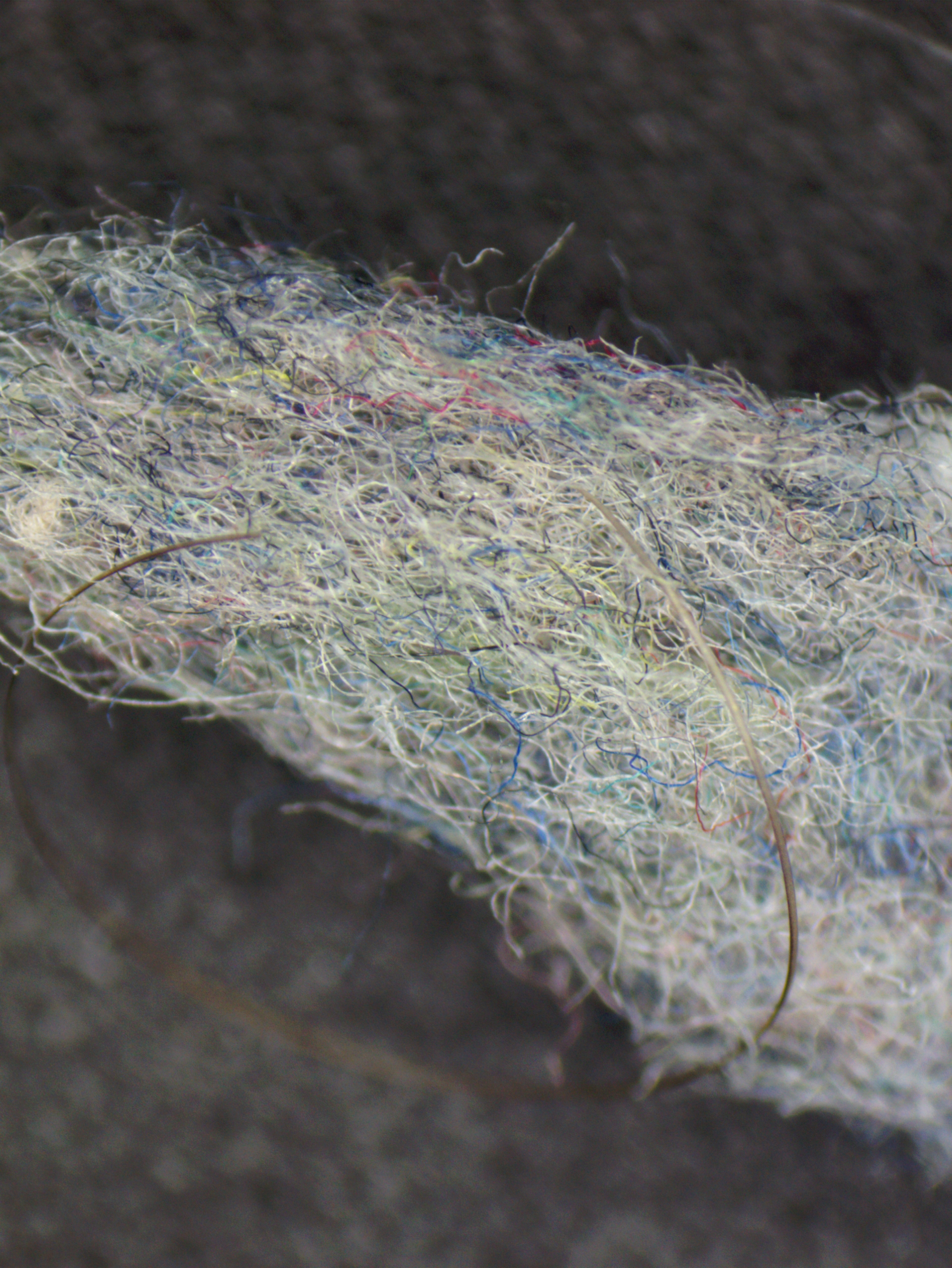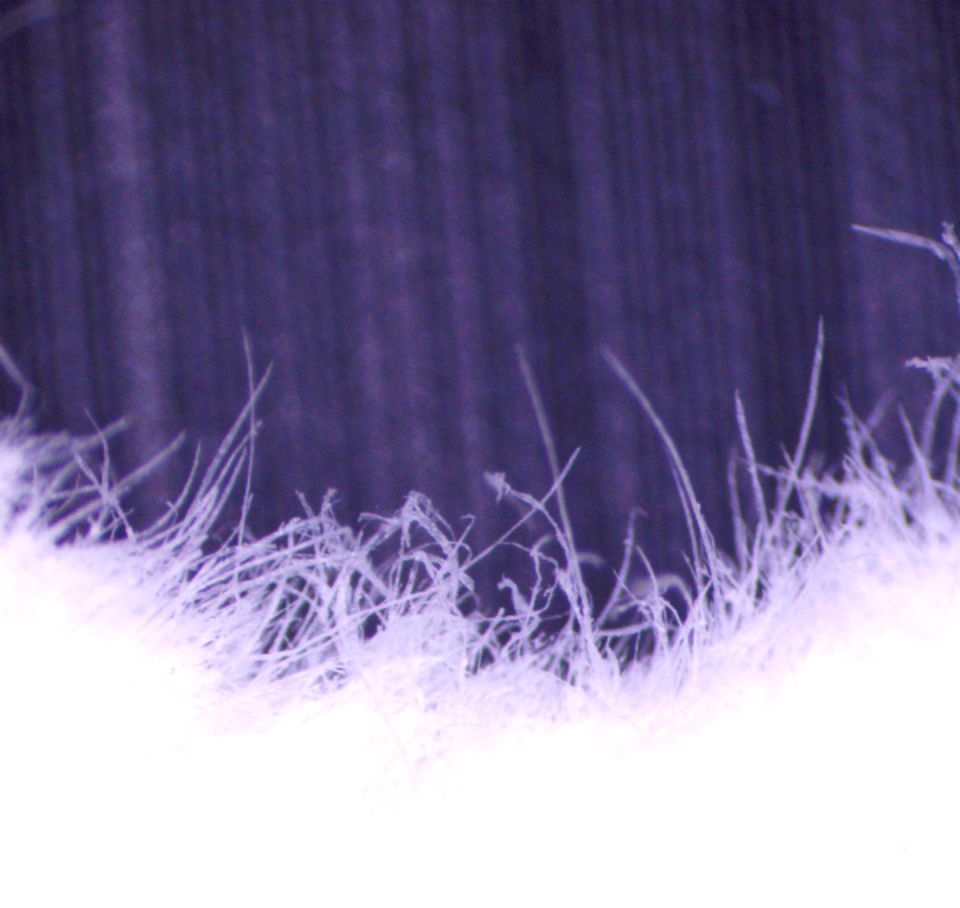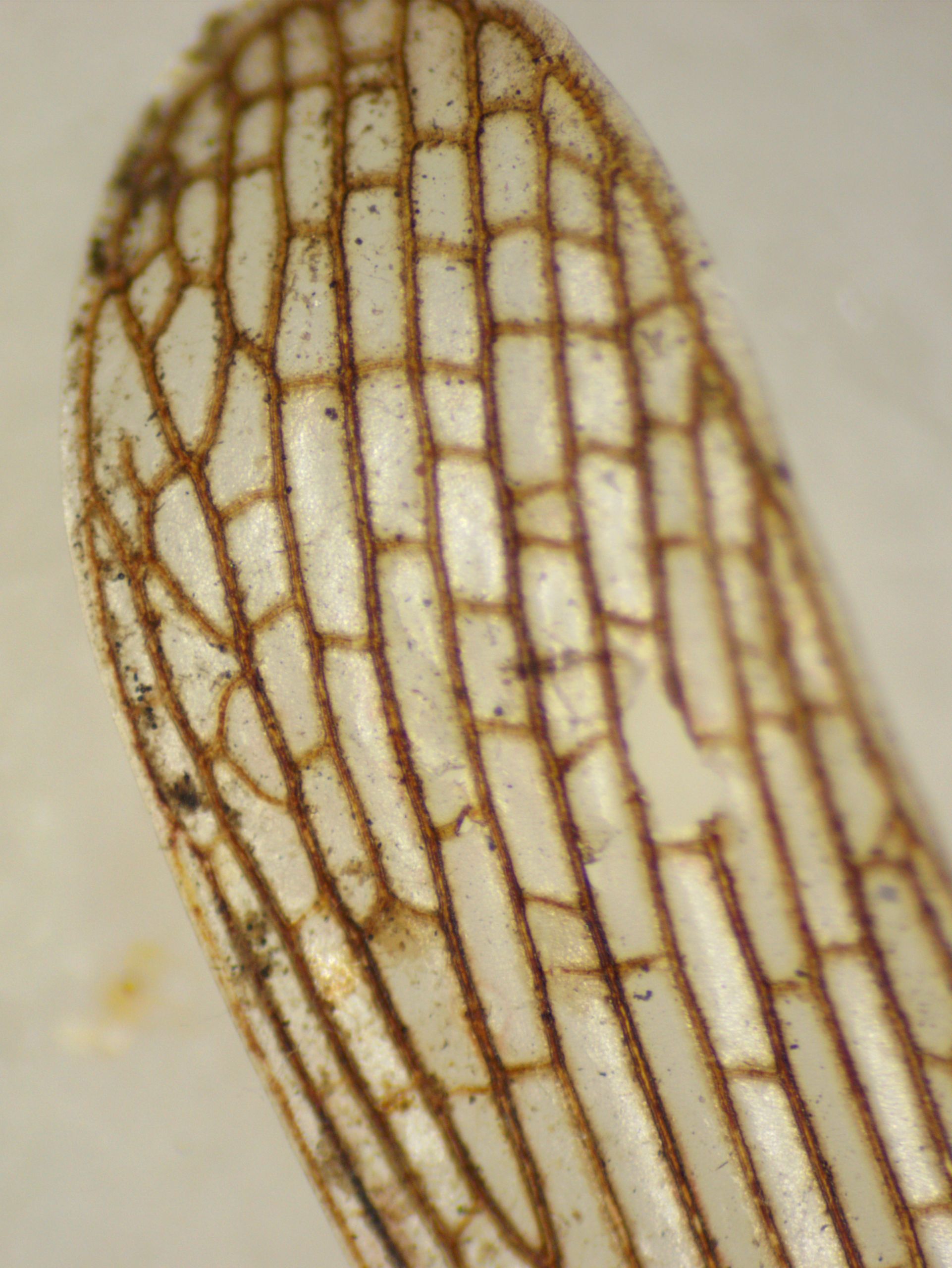I ❤️ Microscopes
To celebrate April Fools, some friends and I made content outside our normal brands. You can see the full list of pieces here!
Also, CW: grody gross-up pictures of bugs.
I’ve always loved science. At one time, I thought it’d be my career: I got BAs in math and physics with the hope of eventually becoming a physicist. But my friend’s horror stories of grad school scared me off and I instead left academia and got a job programming. These days I’ve forgotten everything but the high-level concepts. I’m still fond of scientific toys: diffraction gratings, anaglyph lenses, laser pointers, anything that makes people go “woah cool”. My favorite toy used to be a pocket microscope. For just $20 you get something good enough to see the texture of a vanilla seed. Easily worth the money.
But it also left me wanting more. In 2021, in the midst of a deep depression, I splurged on something more serious. Within a day I had second thoughts. Half a grand is a lot of money! Plus I jump in and out of hobbies pretty fast, a common ADHD brain thing, and plenty of neat things I have fall by the wayside after a week or two. If that happened I’d be stuck with a very expensive paperweight.
Then I used the microscope for the first time and knew I hadn’t paid enough. I needed a camera, too, because there was no way I could keep this to myself.

Stereographic Microscopes
There are two kinds of microscopes you can buy off-the-shelf. The first is a compound microscope. There’s a light mounted under a stage, which shines up through a slide and into an objective lens. These are the kind you’d use in a high school lab.
I instead bought a stereographic microscope. Light shines down and reflects off the specimen and into two separate lenses, which go to different eyes. This gives you a 3D view of specimen, kind of like a giant magnifying glass. While compounds can only magnify thin slides, stereographs work on everything. You can even focus on different layers of a translucent material, like the surface or bottom of a water sample.
The drawback is that stereo scopes can’t magnify very much. My $500 microscope tops out at 45x. By contrast, my $20 pocket microscope can magnify up to 250x, and a half-decent compound can hit 2500x. 1
But man oh man the things you can see with 45x. That’s not enough to see microscopic (hah!) organisms, but it picks out the fine detail on macroscopic objects, the stuff that’s too small for our naked eyes. Cleaned the dryer trap? Scope the lint! Found a dead bug on the window sill? Scope the wings! Just shaved? Scope the razor! Everything mundane becomes weird and wonderful under the scope.

Soon my daily habits changed. I often go on long walks to let my mind wander. I used to pay little attention to my surroundings, but that’s changed now. More and more I stop and look around for interesting specimens. I carry plastic bags everywhere now, just in case I run into something neat. My favorite find was half a butterfly wing on the floor of a parking garage.

The wing is a bunch of tiny scales on a chitin frame. There isn’t a sharp break between the colored zones: yellow scales bleed into the black, producing a wider range of colors. It’s pretty similar to image dithering, where we trick the eye into seeing more colors than the palette supports.
Science!
You learn a lot about the world at 45x.
Take paper. Just what exactly is paper, anyway? I’ve read before that it’s just evenly distributed cellulose fibers. It hits harder, though, when I can see the fibers for myself.

And it’s another thing entirely when I can experiment. I learned a lot about paper just by playing with it under the microscope.
- Whenever you pull the paper in-plane, you’re always directly in-line with some fibers, which take a lot of tensile force. But when you tear paper, you’re applying a shearing force to the fibers, so they break.
- Absorbed ink travels along the fibers. Cheaper ink takes longer to absorb, and puddles on top of the paper until it gets absorbed. That’s why low-quality ink smudges.
- Color printing uses tiny grids of cyan, magenta, and yellow dots so small they blur into a full picture. By zooming in slowly, you can see the “real” colors decompose into constituent dots.
My favorite discovery, though, is sand. I didn’t know what I was expecting, but it wasn’t this:

It’s just tiny rocks!
Okay that’s not too surprising. I learned that in elementary school. It’s pretty neat, though, to see the exact composition. Far and away the most common rock is quartz, which makes up most of the mass of temperate-beach sand. Based on a petrographic analysis I found, the black grains might be Ilmenite and Hornblend, and the red rocks are likely small garnets.
The surprising bit is when I moved the sand.
It’s a little hard to see on the video, but the sand moves in stop-motion, almost like your eyes are dropping frames. I think this “stick-slip motion” happens here because the grains are very light and have very high friction with each other, so accelerate and decelerate extremely quickly. Static electricity might also play a part— they’ll stick to wooden probes, too.
It’s something that completely breaks my intuition of the macroscopic world. Things work differently on the mesoscale.
This can be incredibly frustrating. I’m used to a world where I can get answers to my questions. If I’m curious about a bird, lots of other people are curious too, so there’s a wealth of organized information online. But the questions I have about the mesoscale are only asked by scientists. The answers aren’t easy to find, if they exist online at all.
But it’s also affirming. I have to come up with my own hypotheses and then find ways to test them. It’s all the parts of science I loved growing up without the crushing needs of academia. I didn’t know how much I missed that until I had it back.
More pictures

The tip of a red sharpie. Instead of using friction to deposit ink, markers draw dye into a felt tip, which is then released when the felt fibers are compressed. The fibers can also dry out normally, which is why markers need to be capped and pens don’t.

A leaf-footed bug’s head. The red dots and center bulge are ocelli, or light-sensing simple eyes. Scientists think they’re used for flight stabilization.

BONK
A couple friends found pest snails in their aquarium and wanted detailed pictures for the pet shop. They brought a few over and we spent two hours playing snailparazzi. We determined they were bladder snails, one of the few snail species with left-spiraling shells. We even got a video of one eating!

On the left is a OnePlus One pixel grid, on the right is a Pixel 5a. While the OnePlus has all three colors in every pixel, the 5a uses a PenTile RGBG scheme, where each pixel is either blue-green or red-green. The 5a’s OLED screen is also much brighter than the OnePlus’s LCD screen: I didn’t even need any illumination to capture it.

Velcro hooks, many of which are damaged. I always thought that velcro “goes bad” when matting gets stuck in the loops, I didn’t consider that hooks themselves break apart over time.

A peppercorn. Those ridges are the dried skin. The skin maintains the same surface area while the entire volume shrinks, which forms wrinkles. They have the consistency of dried leaves.

During a February blizzard I tried to get pictures of snowflakes by catching them on a frozen towel. They ended up looking more like the aftermath of an ice storm than the crystals I was looking for. I since learned that capturing individual snowflakes is very, very difficult. Maybe I’ll be better prepared next winter!

A bird feather. The structure is very different from the butterfly wing: instead of scales on a substrate, it’s a mesh of hooklets between rows of barbules. I think the small yellow dots are pollen.

A grasshopper hindwing. The veins and membrane structure is similar to that of a butterfly, but grasshoppers don’t have the scale layer that makes butterflies so colorful.

Two of the stars of a fifty dollar bill. While the bottom-left one is just a star pattern, the top-right one has “USA FIFTY” as a microprinting. This makes counterfeitting more expensive. Another measure is the blue security fibers seen in the center and lower right, which are present in all US bills.

This 10x zoom is the best I can do. You need brighter lights for higher zooms, and my eye couldn’t handle that. The white ring is a reflection of the illuminator I use for my microscope.
Anyway, no fun ending, just wanted to share my hobby with you all. If you enjoyed this, you can see all of the other April Cools projects at this link. Thanks for reading!
Thanks to Predrag Gruevski and Lito Nicolai for feedback. Thanks to Lars Hupel for running the April Cools’ Club website.
- In practice you can’t get good resolution with light after about 1000X. If you want to go past that you’ll need either oil immersion or an electron microscope. [return]